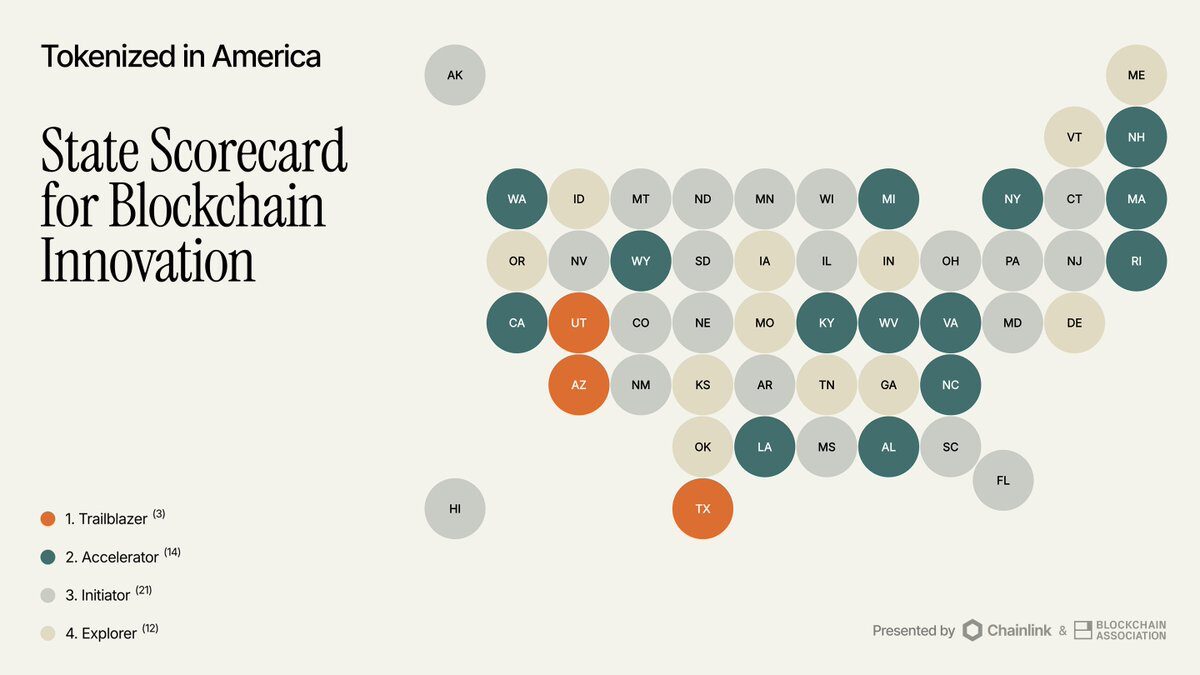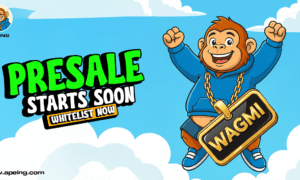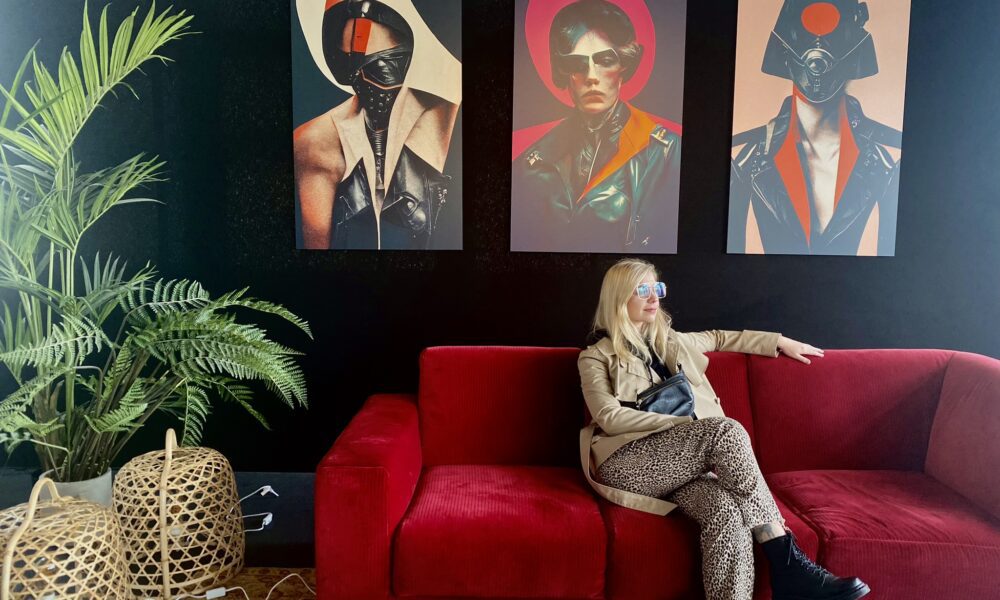Zoe (Ziyu) Gao never set out to follow trends in crypto. She set out to fix them. While many Web3 products overwhelm users with jargon and clunky experiences, Gao approaches these tools with a designer’s eye and a user’s mindset. She believes design can translate complexity into clarity, and that belief has shaped her entire career.
At Tomo and Moso, she has led the design of platforms that turn early-stage crypto tools into approachable, intuitive products. Her work focuses on real users, not insiders, andinvites people in with simpler flows, clearer visuals, and fewer barriers. She designs for the experience layer—the part people touch—and builds products that help users interact with crypto without needing a technical manual. Her goal is not just to make Web3 usable. It is to make it feel effortless.

Building Tomo for Everyday Users
Tomo is a multi-chain crypto wallet that functions as part wallet and part social hub. Gao led the product design from the ground up, streamlining everything from login flows to community features. Instead of requiring users to fumble with seed phrases, Tomo lets them sign in with something familiar, such as their Telegram or Apple accounts. That slight shift raised accessibility and welcomed a much broader user base.
“Tomo was never trying to be the flashiest product out there,” Gao said. “It just had to be something people could open and understand, without needing to Google three acronyms first.”
Since its launch in late 2023, Tomo has reached 17,000 users and generated over $1.6 million in trading volume and became one of the earliest wallets to ship multi-chain social log-in. The success goes beyond numbers. Tomo also made waves in culture. At Art Basel Miami, Gao pulled off a complete visual and event rollout in 48 hours, including everything from banners to animations. She even helped set up the venue herself.
“That was a moment where I realized how much design controls perception,” Gao said. “We went from scrappy to credible in two days because everything looked intentional.”
The result was a branded experience that attracted names such as DJ Peggy Gou, YouTuber David Dobrik, and Diplo.
Revamping Moso’s Identity
Gao brought that same energy to Moso, a Web3 shopping platform that rewards users with crypto when they shop with retailers such as Walmart, eBay, and StubHub. She reworked the brand’s visual identity and resolved internal design tensions, convincing the team to drop an ineffective color palette. The updated look enhanced accessibility and supported seamless integration with major partners like Coinbase, OKX, and Trust Wallet.
“Moso had a strong core idea and needed visual clarity to match,” Gao said. “Once we simplified the brand language, the tech partnerships came together faster.”
Moso’s standout feature is Moso Shops, a customizable storefront that lets other crypto projects offer token-based rewards. Gao’s design made the product adaptable, scalable, and compatible with more than 2,000 merchants. It serves as one of those behind-the-scenes tools that consistently improve Web3 usability.
Advancing National Digital-Asset Policy Goals
Government leaders continue to emphasize digital finance and blockchain adoption. For example, President Biden’s Executive Order 14067 on “Ensuring Responsible Development of Digital Assets” (March 2022) frames digital-asset growth as a national-interest priority and calls for consumer-protection UX. Similarly, the bipartisan Financial Innovation and Technology for the 21st Century Act (FIT21), passed by the U.S. House in 2024, aims to provide clear regulatory pathways for crypto firms and expand retail access while ensuring safety. Her design decisions, focused on clarity and usability, directly support national efforts to expand crypto access. Her platforms deliver real-world traction alongside technical capabilities.
“Mainstream users adopt crypto more readily when they feel safe and confident using it,” Gao said. “Good design is what builds that trust.”
Complexity motivates Gao. She gives emerging technologies shape, voice, and accessibility, making sure people understand crypto as it is built.
Web3’s future hinges on usability, and Zoe Gao is writing that rulebook. She pioneered Satori’s dual-interface wallet—seed-phrase-free for newcomers, power mode for pros—now echoed across DeFi. Her live proof-of-reserves dashboard for Sahara AI set a new transparency benchmark, while the cinematic pitch style she created for Protagonist is the template most crypto funds follow.
These are not just minor tweaks, but original and widely adopted innovations that transform breakthrough code into real-world adoption—clear proof that Gao is actively shaping the foundation of the decentralized web.



































